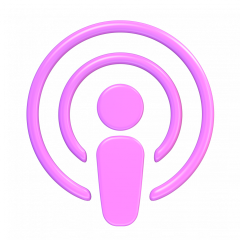
The software developer Niko Abeler has crawled 51,165 podcast feeds to study what RSS elements they contain. His comprehensive Podcast Feed Standard report looks at the usage of core RSS elements and namespace elements from Apple iTunes, Atom, Content, Podcast 2.0 and Simple Chapters. He writes:
In the world of podcasting, there is a great deal of freedom when it comes to the format and content of a podcast. Creators are free to choose their own audio format and feed content, giving them the flexibility to create something truly unique. However, when it comes to distributing a podcast, certain standards must be followed in order to be added to an aggregator such as Apple Podcasts. Additionally, the podcasting community has come to agree upon certain conventions that can be used to add additional features to a podcast, such as chapters, enhanced audio, and more. These conventions allow for a more immersive and engaging listening experience for the audience.
This website is dedicated to providing guidance and information on the conventions and standards used in podcasting.
There's a lot of interesting data in the RSS 2.0 report, which finds that these are the six least popular elements in an RSS feed's channel:
| Element | Usage |
| docs | 8.3% |
| cloud | 0.0% |
| rating | 0.0% |
| skipDays | 0.0% |
| skipHours | 0.0% |
| textInput | 0.0% |
Over 99 percent of feeds contain the optional channel element language and the optional item elements enclosure, guid, pubDate and title. Only 0.2% of feeds contain a source element in an item.
The iTunes namespace report shows a lot of variation in support. The required element itunes:explicit is only present in 18 percent of feeds and four optional elements have less than 20 percent: itunes:new-feed-url, itunes:block, itunes:complete and itunes:title. One namespace in the report, Podcast 2.0, has been proposed by Podcastindex "to provide a solution for problems which previously have been solved by multiple competing standards" and is still under development.
The report also analyzes the audio files enclosed in the podcast feeds to determine their format, bitrate, channel and loudness. The report finds that 95.6 percent use MP3 and 4.4 percent AAC/M4A. People who like an alternative open source format will be oggravated that its sliver of the pie graph is so small it can't be seen.
If Abeler isn't tired of crunching numbers, one thing that would be useful for the RSS Advisory Board to learn is how many of the feeds contain more than one enclosure element within a single item.